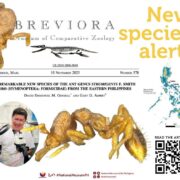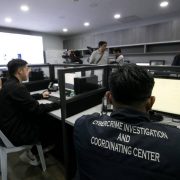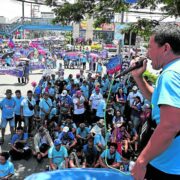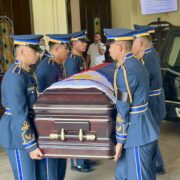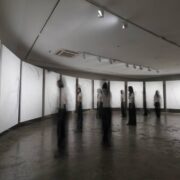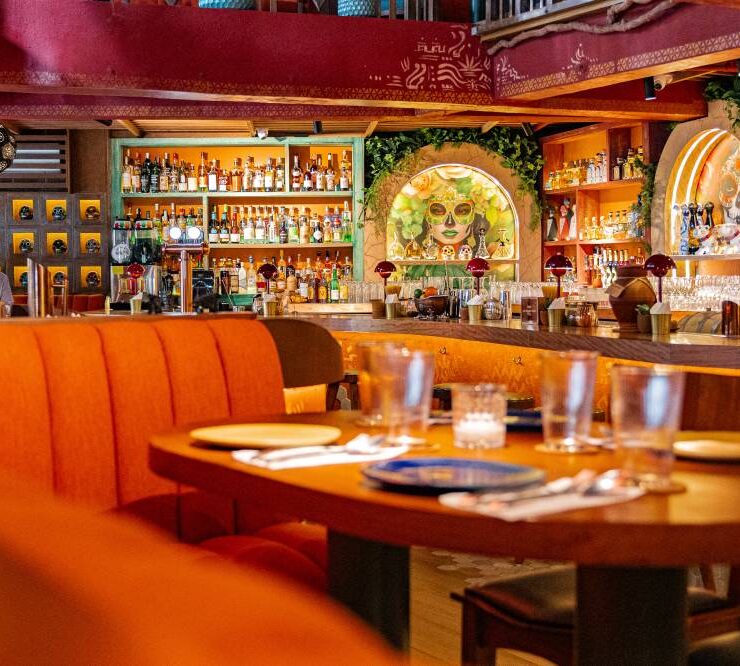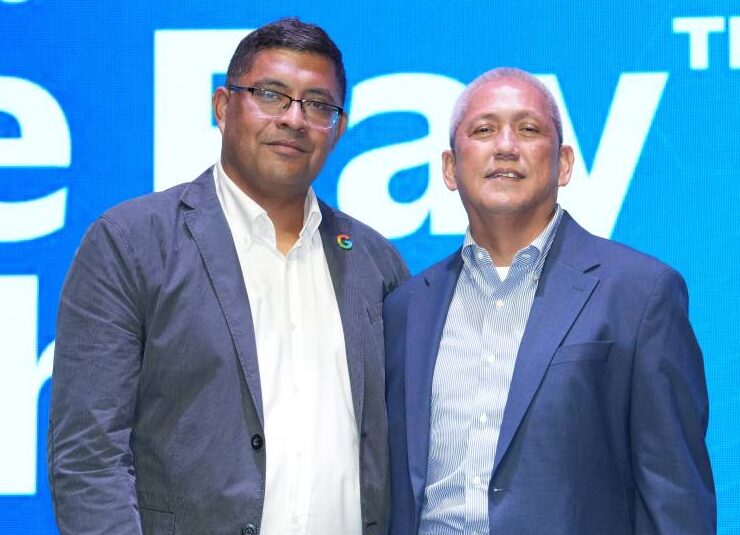San Juanico Bridge: A heritage worth saving
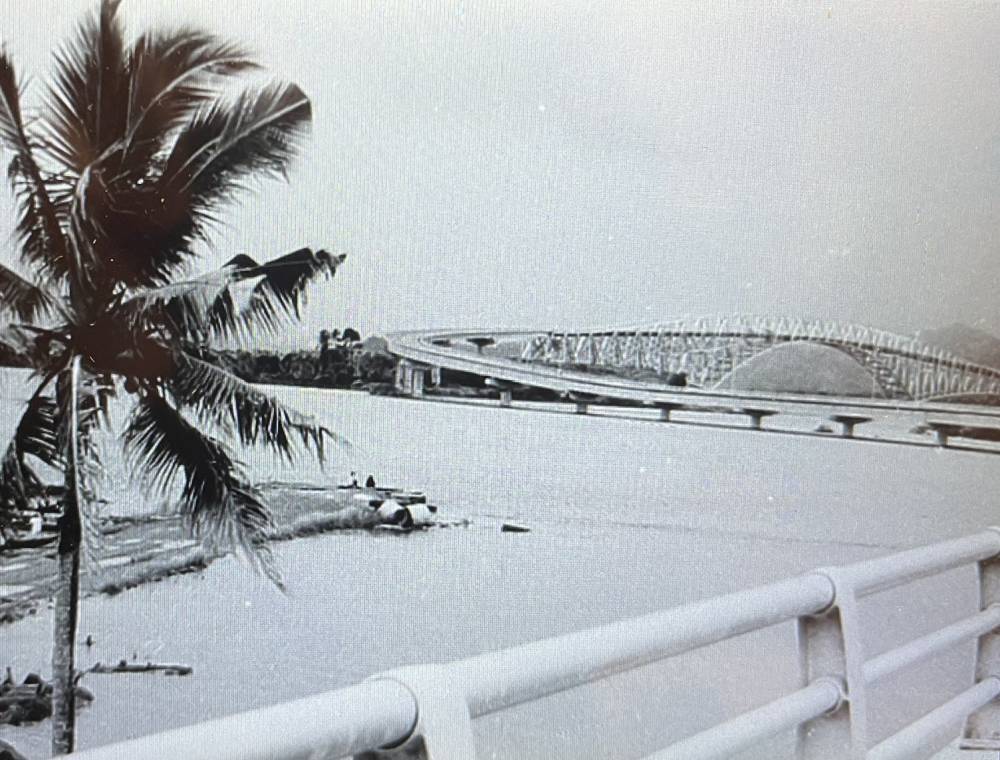
Rare photographs of the inauguration of the San Juanico Bridge in 1973 were rediscovered in a Muntinlupa museum as the bridge is currently undergoing intervention works due to structural issues.
These images from the Ramon Talusan Collection of the Museo ng Muntinlupa Research Center offer a unique look at the iconic steel bridge produced by the now defunct Atlantic, Gulf and Pacific Co. of Manila Inc. (AG&P).
Negatives of these images as well as issues of AG&P’s newsletter were donated to the museum by seasoned photographer Ramon Talusan in March last year, and are currently undergoing proper inventory and cataloguing by the museum’s staff.
Lifestyle gained special access to these images through a negative reader machine, thanks to the efforts of Mayor Ruffy Biazon through the City Tourism, Culture, and the Arts Department headed by Sarah Bendaña.
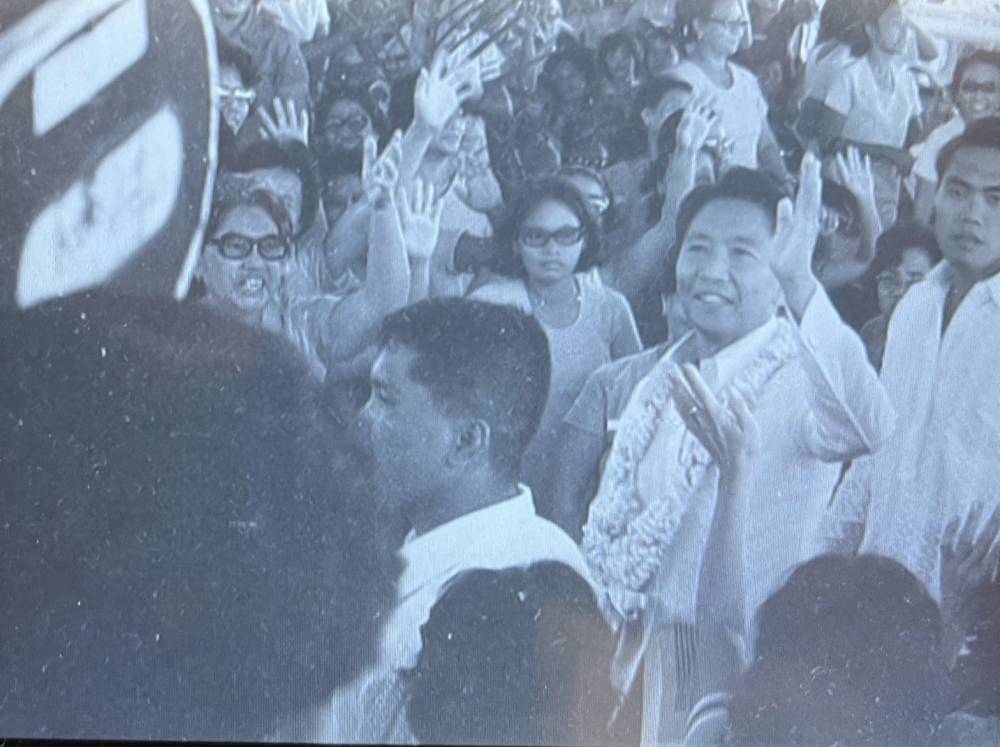
These photographs provide the first images of the bridge from the inauguration’s guests of honor, then President Ferdinand Marcos Sr. and first lady Imelda Marcos, to its early visitors and press photographers who covered the historic event.
Linking the islands of Samar and Leyte, this bridge is actually not just an important economic lifeline in the country, but a heritage site protected by laws of the land.
Once considered the longest bridge in the Philippines spanning the San Juanico Strait, the more than 50-year-old structure was built from 1969 to 1973, making it a presumed important cultural property under the 2009 heritage law.
The local government of Tacloban listed it as a local heritage site in its submission to the Talapamana, the national registry of cultural properties, also known as the Philippine Registry of Heritage, which is under the auspices of the National Commission for Culture and the Arts.
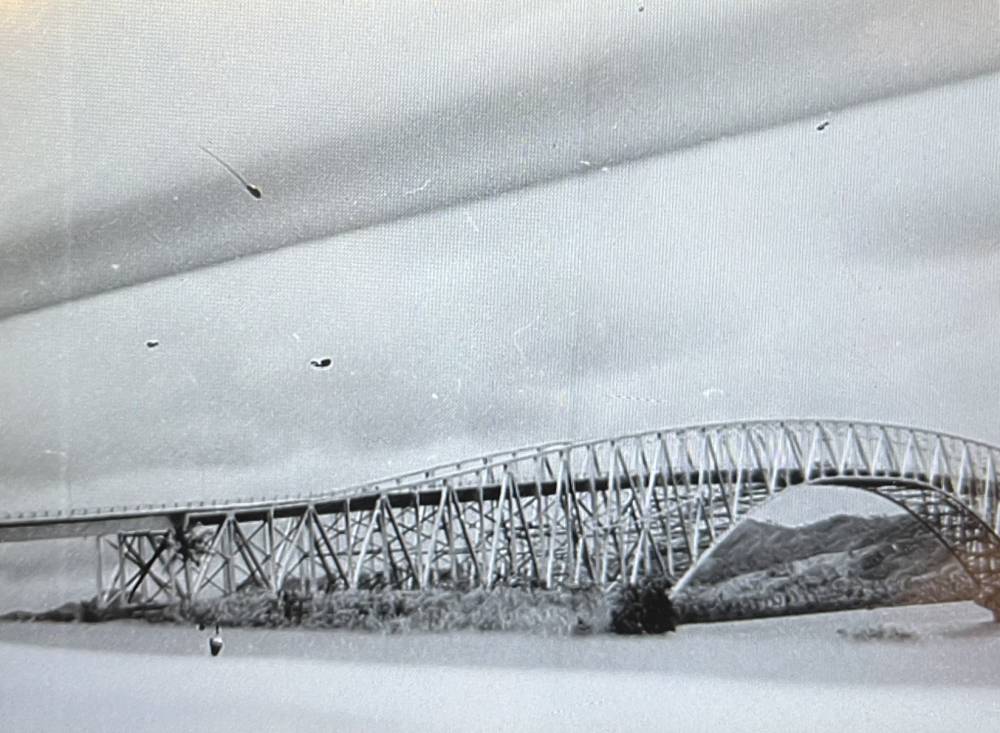
As such, the bridge is also classified as a level III cultural property under Republic Act No. 11961 of 2023, which amended RA 10066 of the National Cultural Heritage Act of 2009.
The 2023 law defines third grade cultural property as “all other cultural property and natural property of cultural, significance in the Philippine Registry of Heritage,” including those declared by local government units.
Pan-Philippine Highway
San Juanico Bridge, which links Santa Rita, Samar, and Tacloban City, is one of two important bridges built during the second term of Marcos Sr. (1969-1972), the other being the Mactan-Mandaue (also Sergio Osmeña Jr.) Bridge linking the cities of Mandaue and Lapu-Lapu City in Cebu Province.
This S-shaped arched truss bridge is 2,200 meter long and part of the Pan-Philippine Highway, a vital roadway that links towns, cities, and provinces in the country.
This bridge was planned at least three years prior to the start of its construction.
On Dec. 15, 1966, then President Marcos Sr. ordered the Department of Public Works, led by Antonio Raquiza, to “start considering bids for the proposed bridge across the San Juanico Strait linking Samar and Leyte.”
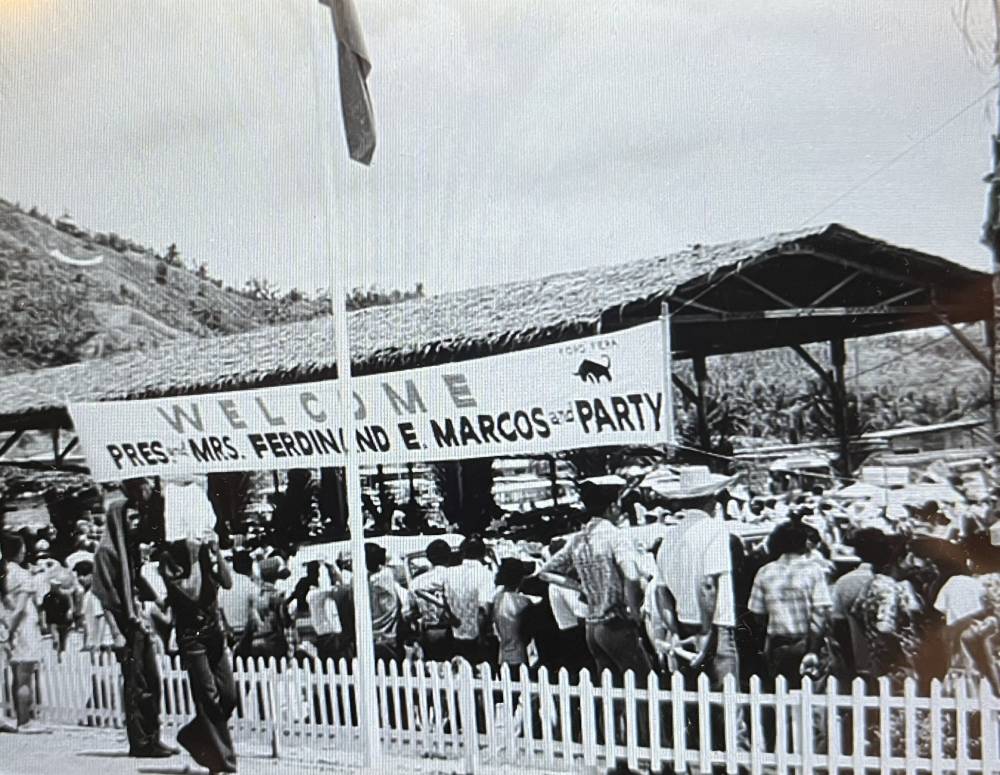
Marcos Sr. wanted the completion of the bridge—on turnkey system—on or before March 17, 1967, while that of Cebu, on or before Feb. 27 of the same year.
These bridge projects were eventually done by the Philippine National Construction Corp. and S.C. Shangkuan, respectively.
Both did not start as scheduled, but were completed the same year, 1973.
In a session most likely on budget at the Senate on Aug. 13, 1968, then senator Benigno Aquino Jr. asked fellow senator Wenceslao Lagumbay where the funds for the construction of San Juanico Bridge would come from.
This, according to Aquino, was “because the toll collection of the San Juanico Bridge will not even be enough to meet the expenses for the maintenance of the bridge.”
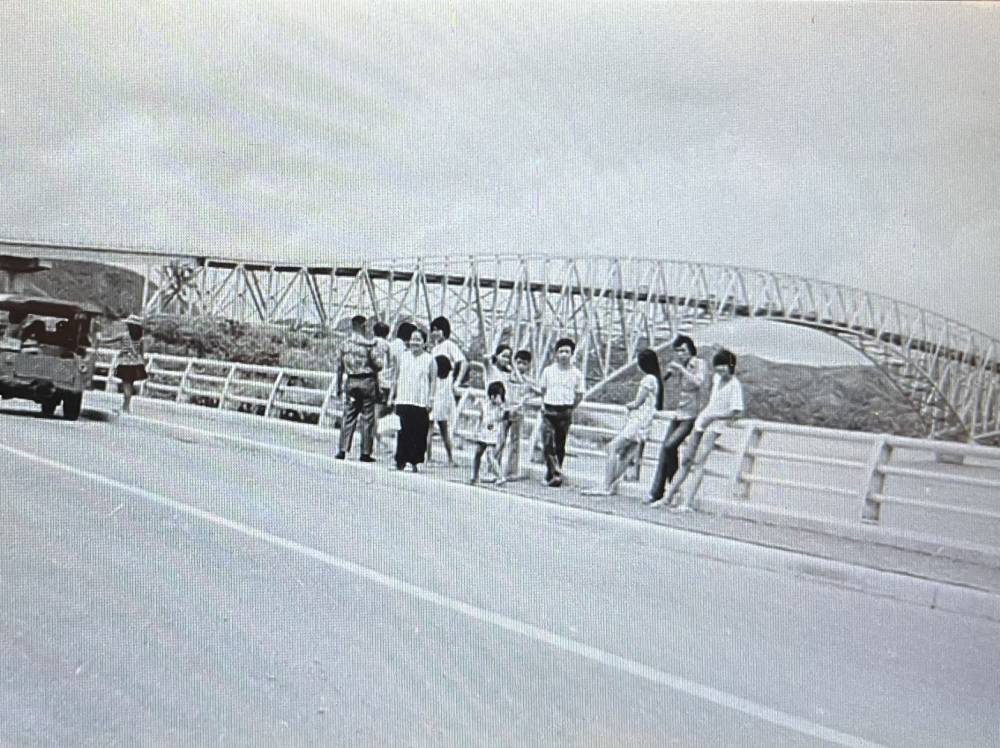
Lagumbay answered that the money would come from RA 3741, of which P3 million was allotted to the bridge’s substructure.
The aforementioned law was passed in 1963 and refers to self-liquidating projects done by private individuals.
Eventually, the project cost around $22 million through the Japanese government’s Official Development Assistance (Oda), coursed through the Japan International Cooperation Agency. It was the first Oda-assisted project in the Philippines.
In 2013, the bridge survived the powerful winds of Supertyphoon “Yolanda” (international name: Haiyan) and was a vital link in the rescue and retrieval operations, evacuations, and delivery of much-needed relief goods and basic needs.
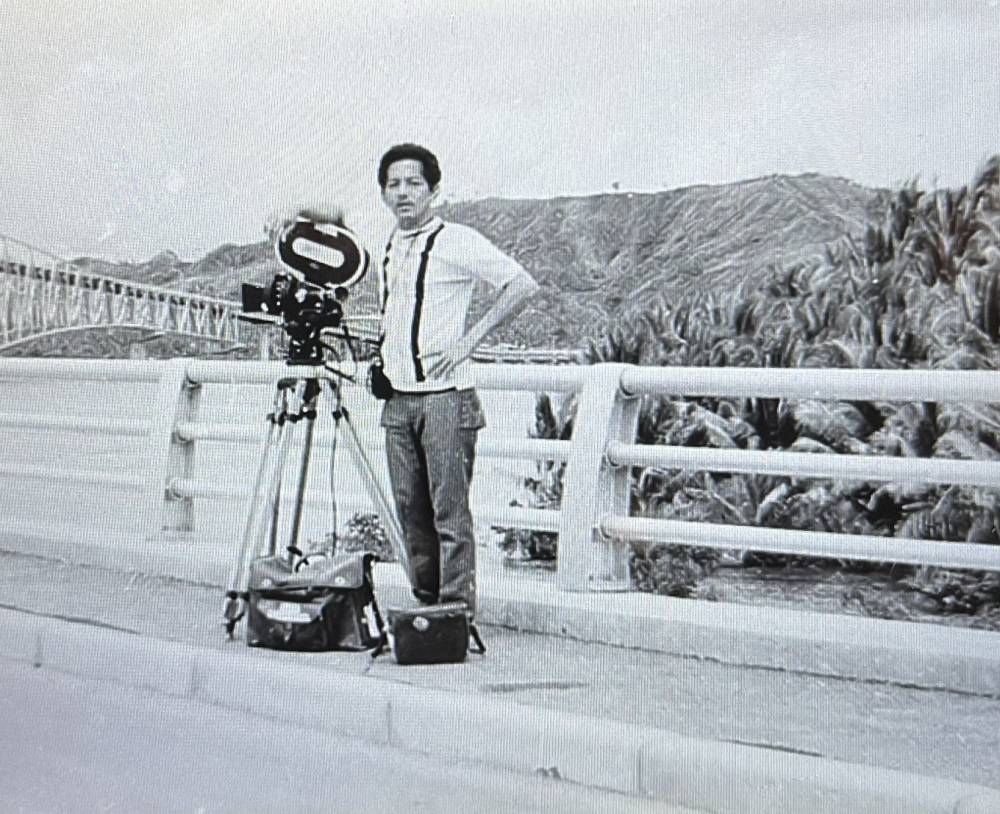
It is a popular tourist spot, with many motorists quickly stopping by—even if not allowed—to take photographs.
In popular culture, actor Dante Varona jumped from the highest portion of the bridge in 1981 for a scene in the movie “Hari ng Stunt” which left him badly injured.
In October 2022, the San Juanico Bridge Aesthetic Lighting Project was launched by President Marcos Jr. for tourism and an economic boost not only in Tacloban, but in the entire region.


